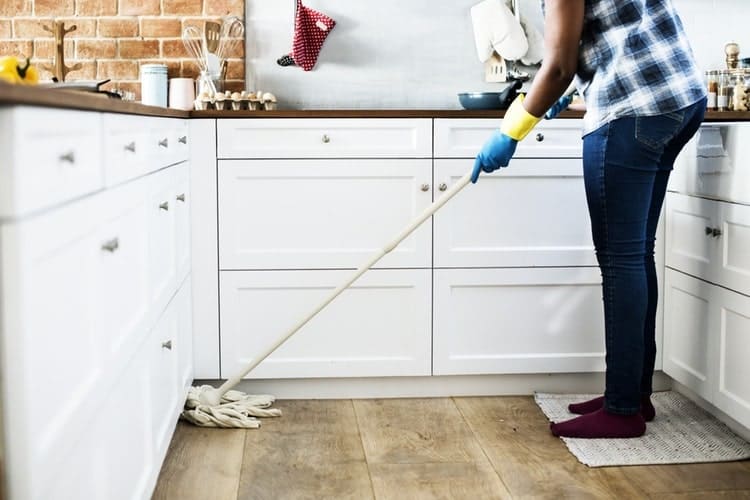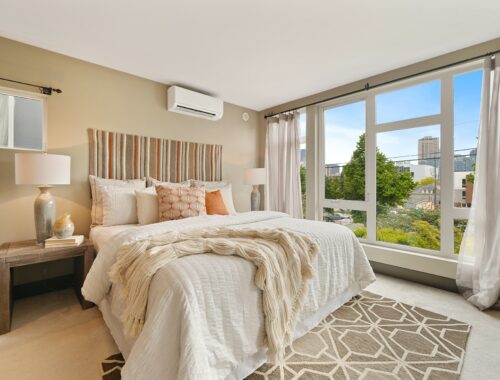
If you are an experienced apartment dweller, you know what you need to do to get your security deposit back after you have moved out. If you are relocating for the first time, being proactive can go a long way toward the easy return of your deposit. First, let’s start with something you should always do concurrently with the execution of your lease.
The Property Condition Report
Surely your landlord is going to trust you when you tell him that the big hole it the wall you noticed after you arrived was in existence before moved in. In the perfect world, yes, but in the real world, where irresponsible and destructive tenants unfortunately do exist, don’t expect a landlord to believe anything unless it has been documented.
Therefore, be careful to diligently and accurately fill out a property condition report as part of the lease signing process. If, for some reason, your landlord doesn’t provide one, go online and find one. Fill it out, note all deficiencies like nail holes, scratches, broken windows and chipped paint, and then take pics to further document your unit’s original condition. A solid record of your apartment’s pre-move-in condition is a very important first step that will aid in eventual deposit return.
Read Your Lease
If you’re living in an apartment in Chicago, you might have different lease standards than someone who rents a place in Houston, Texas. Rules and laws vary all across the country.
Fully and carefully reading your lease will help you understand what your landlord is looking for when you exit your apartment. Each state, and most likely each municipality has landlord/tenant laws on the books, and these statutes usually address security deposits. Your landlord’s lease should mirror these local rules, and if it doesn’t, it would be a good idea to talk about this before you sign the lease.
For example, many local rental codes mention “normal wear and tear,” but sometimes descriptions can be vague or missing. While your landlord may require the walls to look exactly as they did before you moved in, many cities and towns prohibit landlords from requiring you to repaint, as normal wear and tear can naturally deteriorate wall surfaces. If this discrepancy occurs, speak with your landlord to determine exactly what he or she expects.
Be Careful
This is easy. During your lease term, try to make sure no one trashes the place. No bullet holes in walls and no fists through drywall are a good place to start. Have that year-end party at someone else’s apartment to avoid the home repairs that could be coming your way.
Pre- inspection
A month before you plan to leave, call the landlord for a pre-inspection. Make sure he or she outlines exactly what you will need to repair or clean in order to have your deposit returned. Any disagreements can be ironed out at this time.
Get Pro Help
If you did do some wall damage, if you cracked a floor tile, or if your place is just really grungy, consider getting pros to clean up the mess. DIY can be fun when you own your own home, but when your security deposit is at stake, it may be wise to spend a little money for professional maintenance and repair help. Furthermore, a good cleaning service will know how to do a “make ready,” and can make your place look great.
A security deposit return is not necessarily automatic, and while you can go to court to plead your case if you feel you have been shortchanged, it’s a lot easier to work with your landlord in advance to avoid conflicts. Trying to keep your place clean and avoiding major damage will obviously also help.
You never know, getting your security deposit back can be a nice chunk of change that you save for your first time home purchase.






